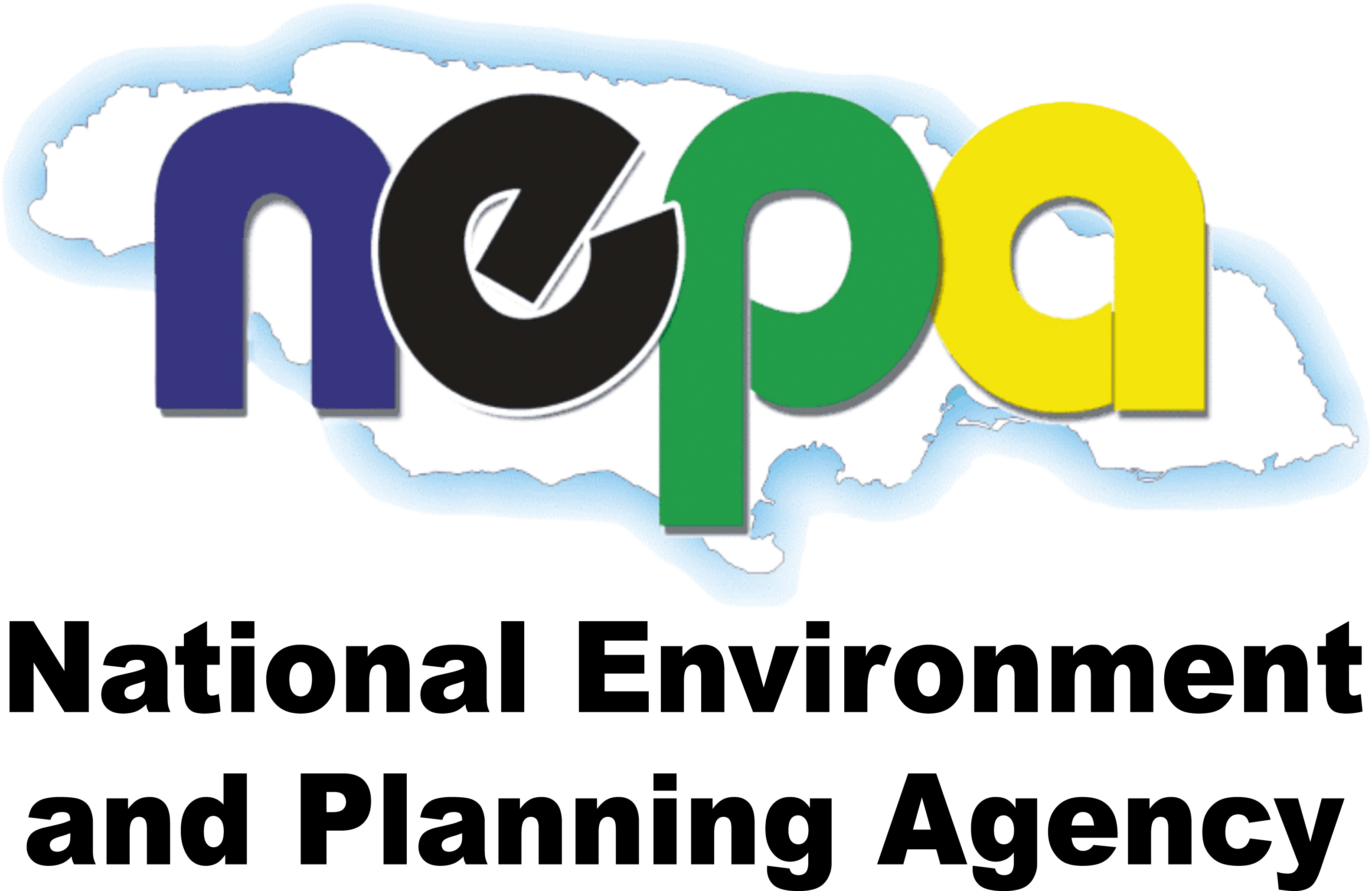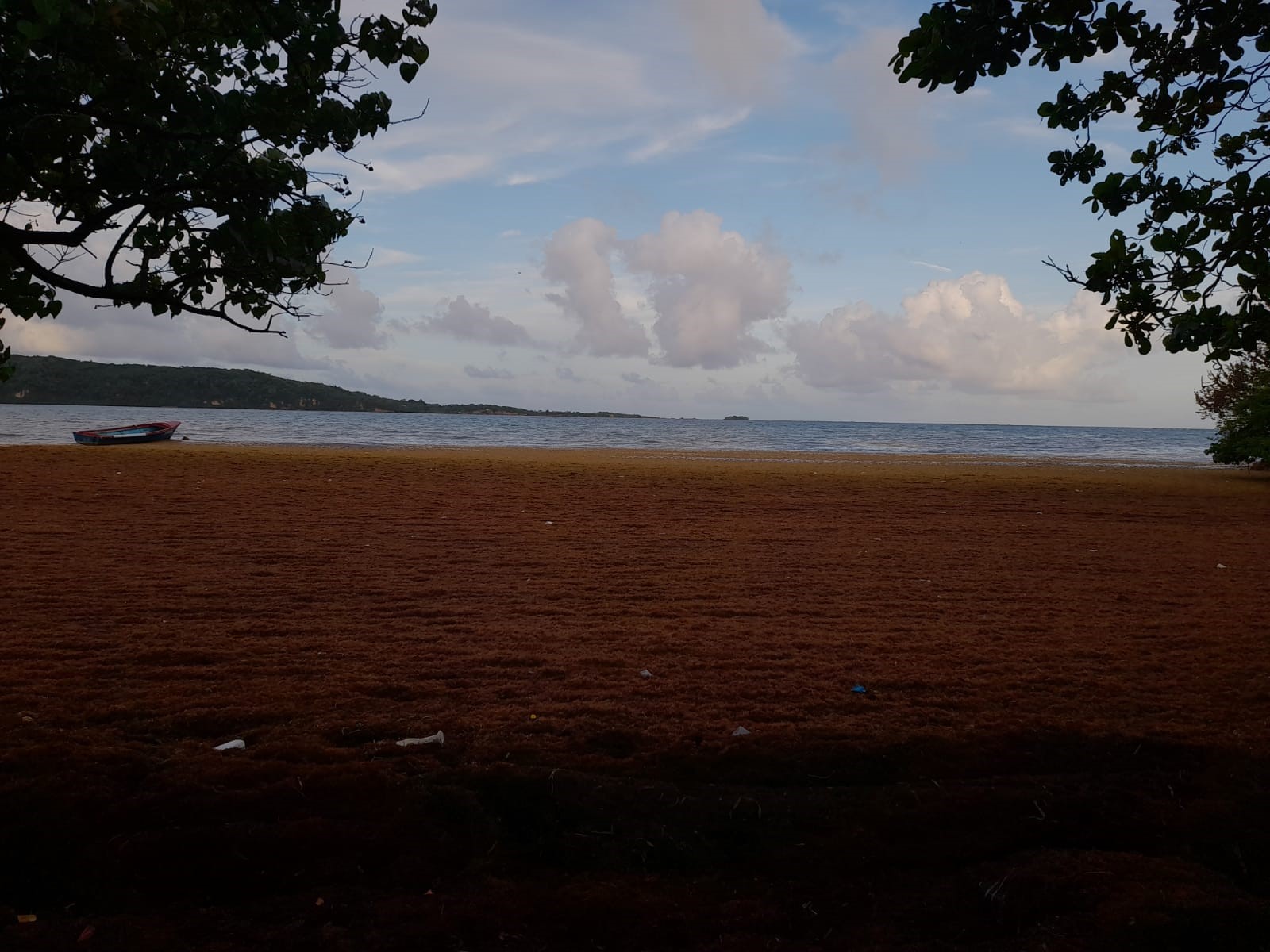NEPA Advises of "New Normal' Sargassum
Published Date: June 10, 2022
KINGSTON, Jamaica
Attention: All News Editors
10 June 2022
NEPA ADVISES OF ‘NEW NORMAL’ SARGASSUM
The National Environment and Planning Agency (NEPA) is advising the public that an increase in Sargassum is expected over the next few months across the Caribbean region. The influx in now widely considered to be part of the ‘new normal’ facing the Wider Caribbean. Several of Jamaica’s beaches in St. Mary, Portland, St. Thomas, and St Catherine are currently being heavily impacted by an influx of Sargassum.
What is Sargassum?
Sargassum is a brown free-floating seaweed which is customarily not harmful. Its movements depend solely on ocean currents. Found only in the Atlantic Ocean, it provides refuge for migratory species, serves as essential habitat for several species of fish and invertebrates. Sargassum also plays an essential role in beach nourishment, while also providing an element of shoreline stability. In the last decade, massive quantities have impacted several Caribbean Islands. Warmer ocean temperatures, as well as the availability of increased nutrients discharged from rivers continue to contribute to the increase in the seaweed.
Management of Sargassum
Though beneficial, Sargassum carries a number of unwelcomed effects. While it collects and decomposes on the coastline, it produces an odour from the emission of hydrogen sulphide gas and impacts the ecosystem. Throughout the region, there have been reports of fish kills associated with the rotting seaweed.
-more-
Excess amounts may also result in beach erosion and disruption in the visual landscape. There also has been significant research and business interest in exploiting Sargassum as a commodity, however, the realization of successful outcomes has been slow.
The use of heavy compacting equipment on the beach is not recommended. Additionally, persons removing Sargasssum should take special care to minimize the amount of sand that is removed during any carefully planned clean-up activities. Individuals who wish to remove and dispose of Sargassum may be guided by the following:
Removal
- Removal of Sargassum should be carried out manually through non-intrusive methods (no heavy equipment and machinery) such as hand raking or beach raking equipment with a perforated conveyor belt.
- After raking, the accumulated sand should be returned to the beach.
Disposal
- Stockpiling at a designated location
- The material should be turned occasionally to encourage its drying and the ultimate removal of sand;
- All organic material should be disposed of at an appropriate off-site location or buried on the beach where practical.
- The Agency further wishes to advise beach operators that should the need arise for the use of heavy equipment such as tractors and front-end loaders to remove Sargassum and other accumulated debris. Operators should seek the Agency's permission before carrying out the activity.
For more information, please contact:
Public Education and Corporate Communication Branch
Tel: (876) 754-7540, ext. 2760 Fax: (876) 754-7596
Email: travis.bartley@nepa.gov.jm
Website: www.nepa.gov.jm
- Log in to post comments

